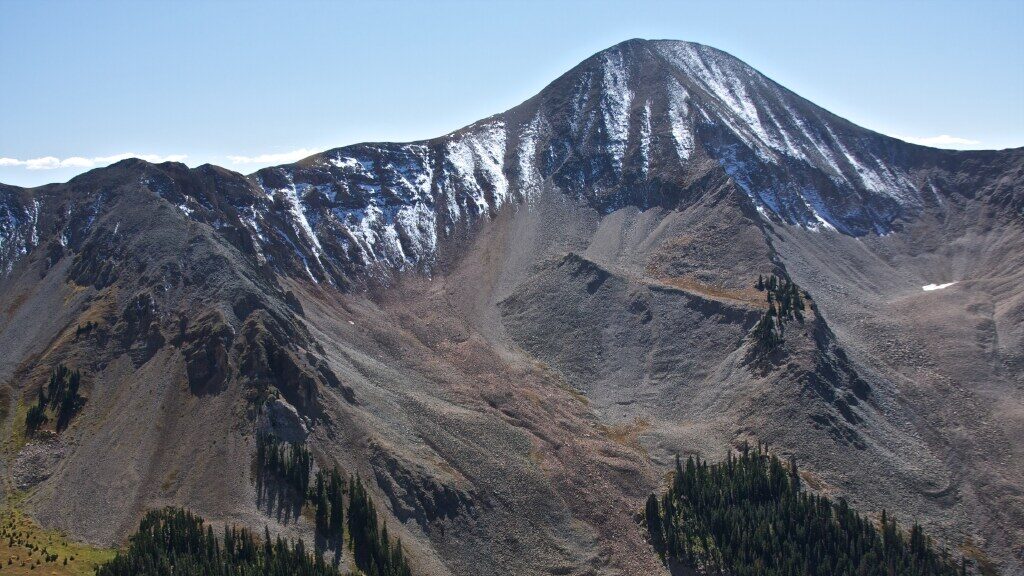USU studying impact of wildfires on reservoirs
Jun 16, 2021, 12:38 PM

(Low water levels are pictured in Echo Reservoir north of Coalville on Thursday, May 6, 2021. Kristin Murphy, Deseret News)
(Low water levels are pictured in Echo Reservoir north of Coalville on Thursday, May 6, 2021. Kristin Murphy, Deseret News)
LOGAN – Are wildfires from the past partly to blame for Utah’s terrible drought now? Researchers at Utah State University are launching a new study to see how badly wildfires are impacting Utah’s reservoirs.
Bad year for reservoirs and wildfires
One of the main problems researchers will be examining is called river sedimentation, and it limits how much water a reservoir can store.
Here’s an analogy: If you fill a bucket with mud, it can’t hold any more water. Watershed Sciences Professor Patrick Belmont says that analogy has been slowly happening to Utah’s reservoirs as mud, debris and other sediments from burn scars are washed into the bodies of water. They estimate capacity in riverbeds and reservoirs will be down 25% by 2060.
“We can’t pick out specific reservoirs right now and say, ‘These are the most vulnerable.’ That’s what we’re working on over this next year,” he said.
Belmont says they’re taking a close look at all 133 reservoirs across the state to see where the biggest problem areas are.
“We’re thinking about over the next decade where can we make changes in forest management and fire management to reduce the risk to the reservoirs,” Belmont stated.
Belmont says they’re especially concerned because the number of wildfires has increased 20-fold over the past three decades, and this year is already forecast to be especially bad because of dry conditions all over the state.
“This just happens to be a terrible year for wildfires and reservoirs,” he said.
However, one thing is certain. The fire potential is directly tied to the snowpack we receive every year, and Belmont says climate change is already having an impact.
“We’re seeing the snowpack has been declining for the last two or three decades,” according to Belmont.













